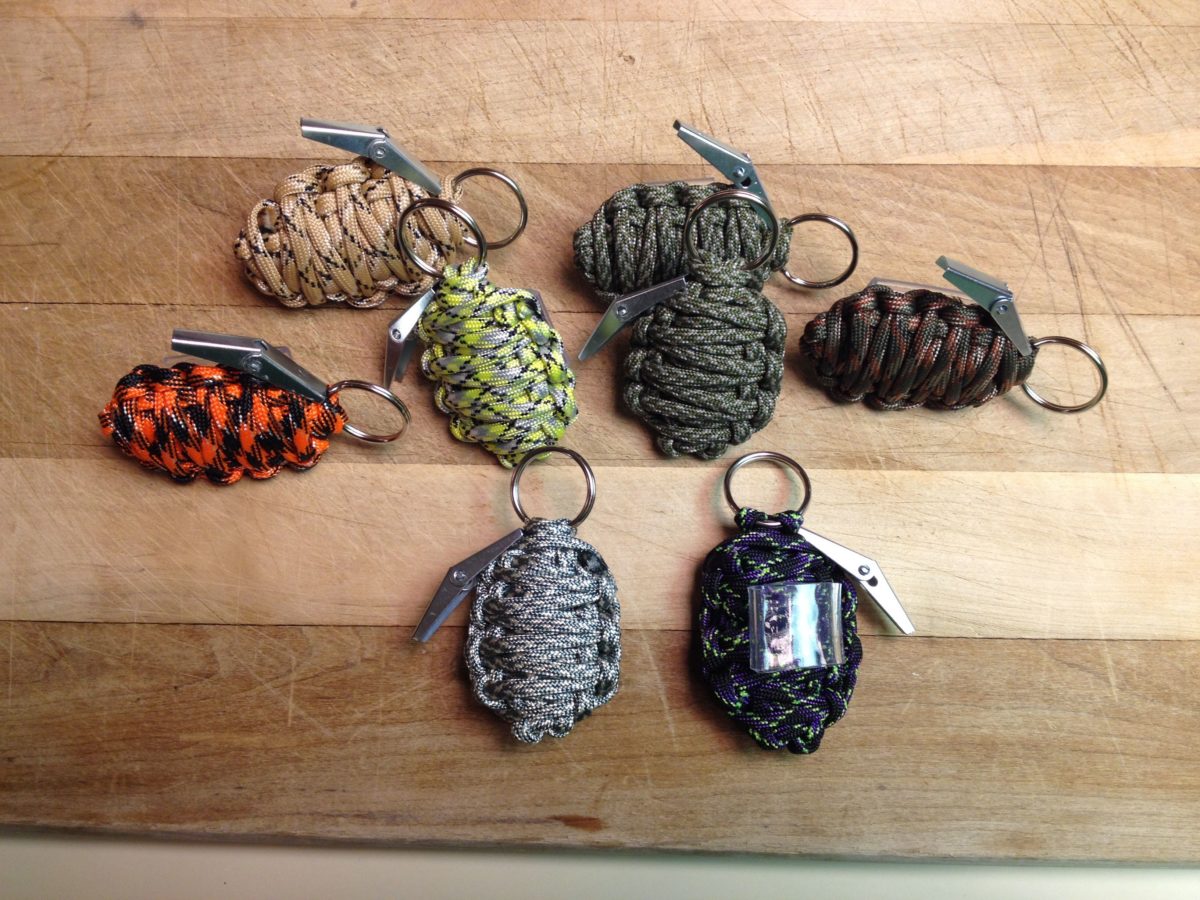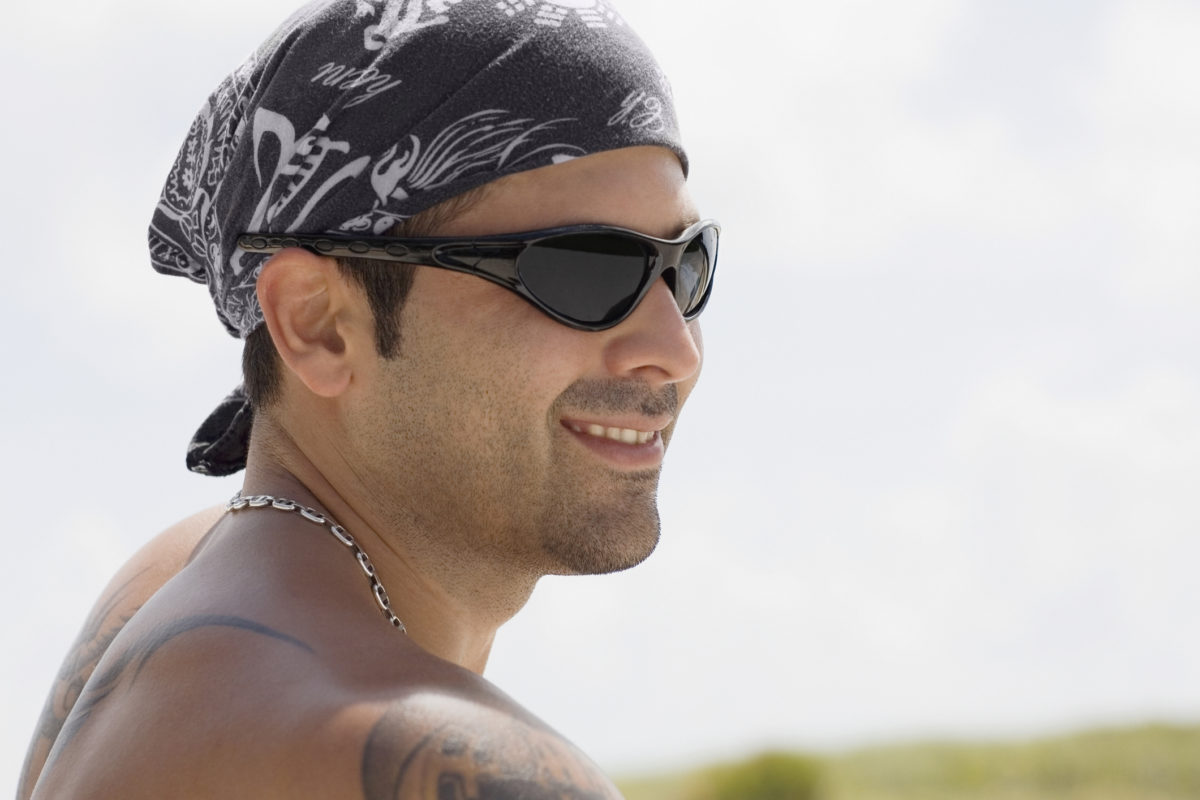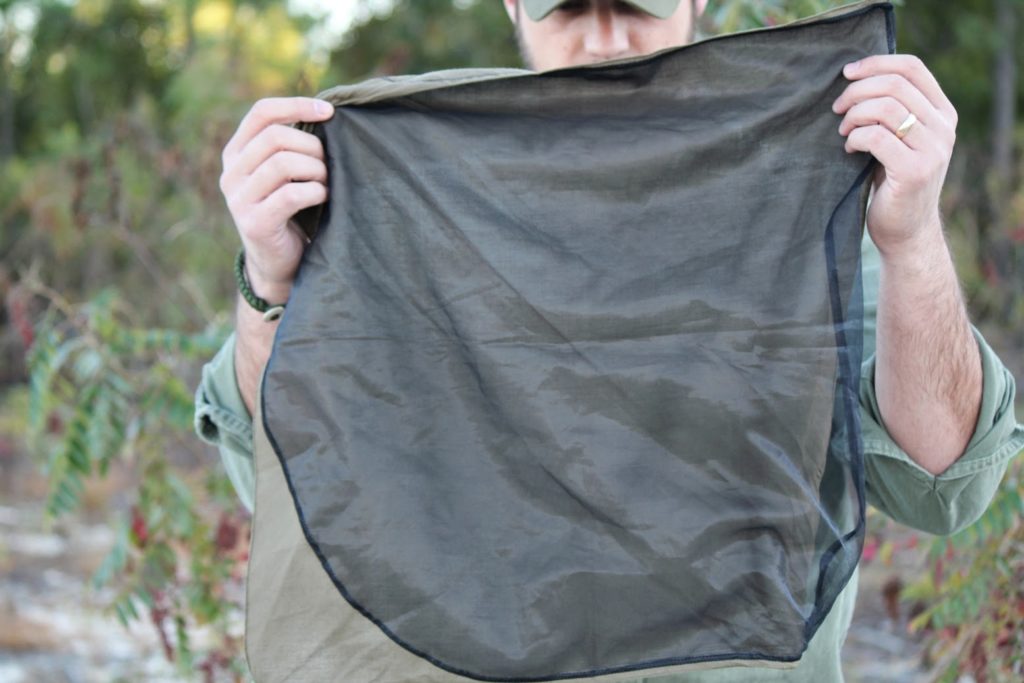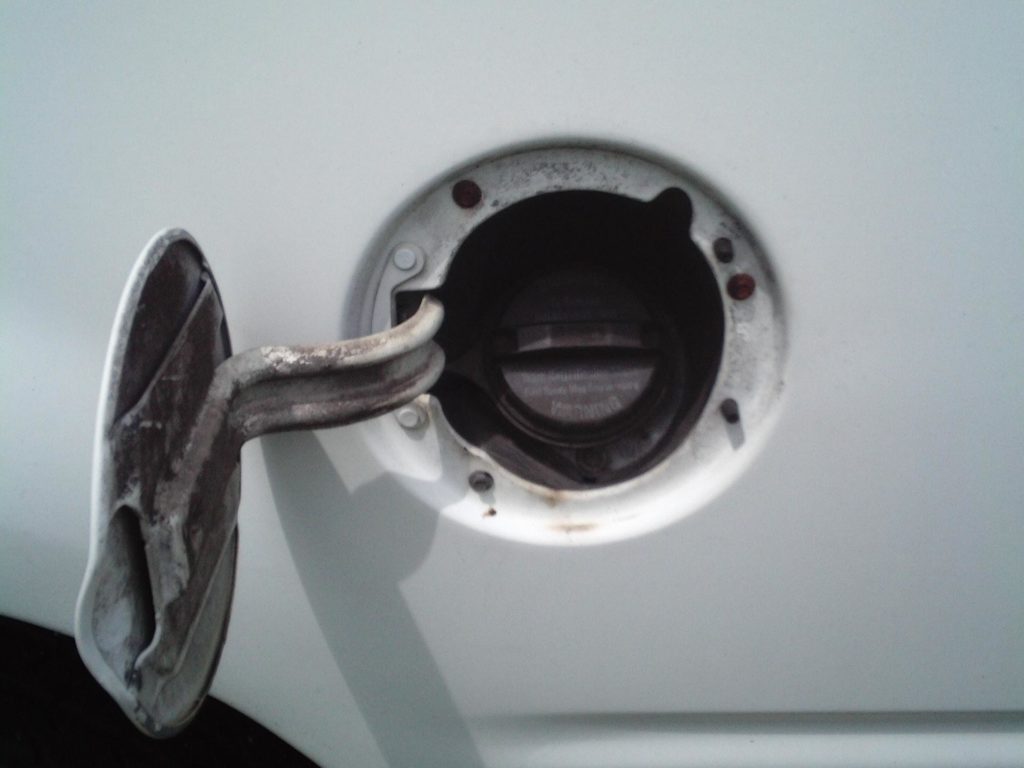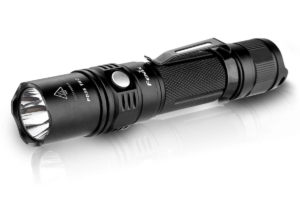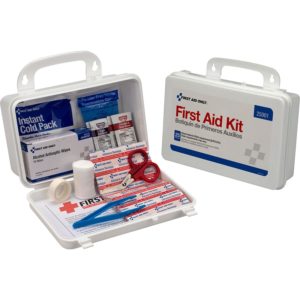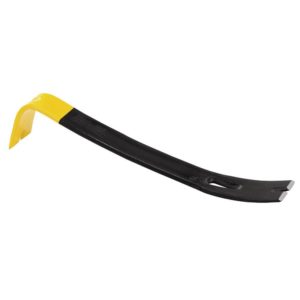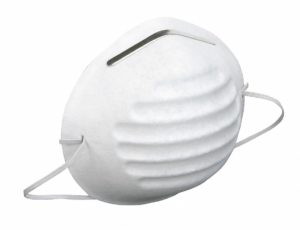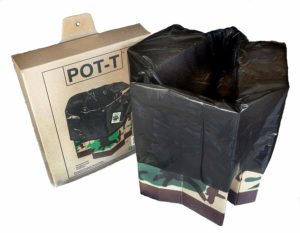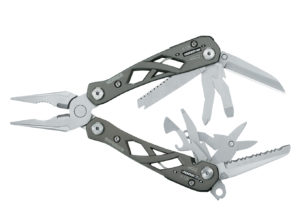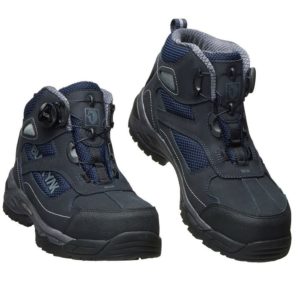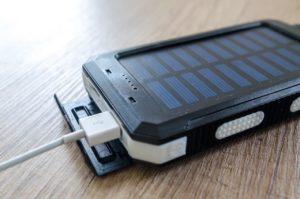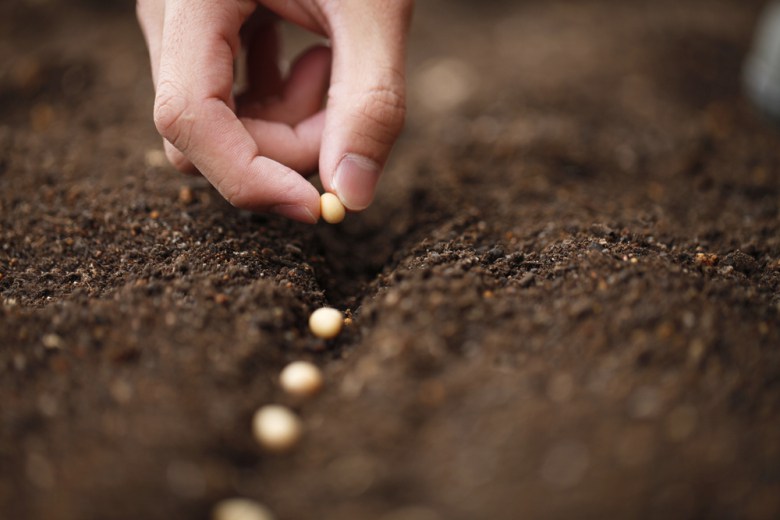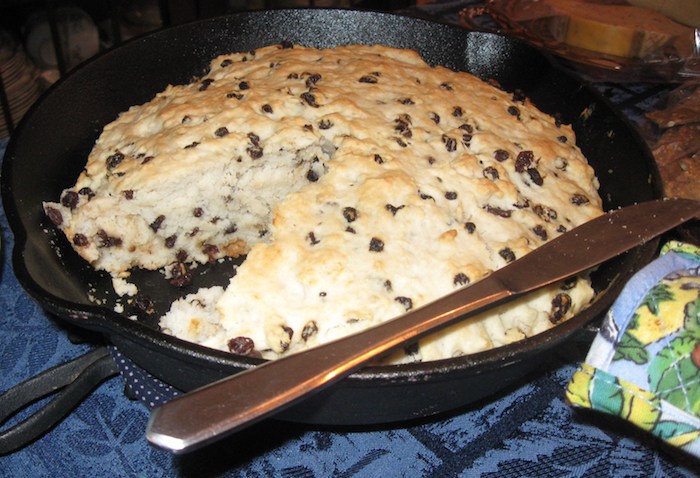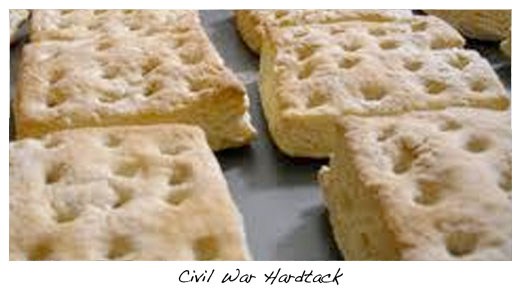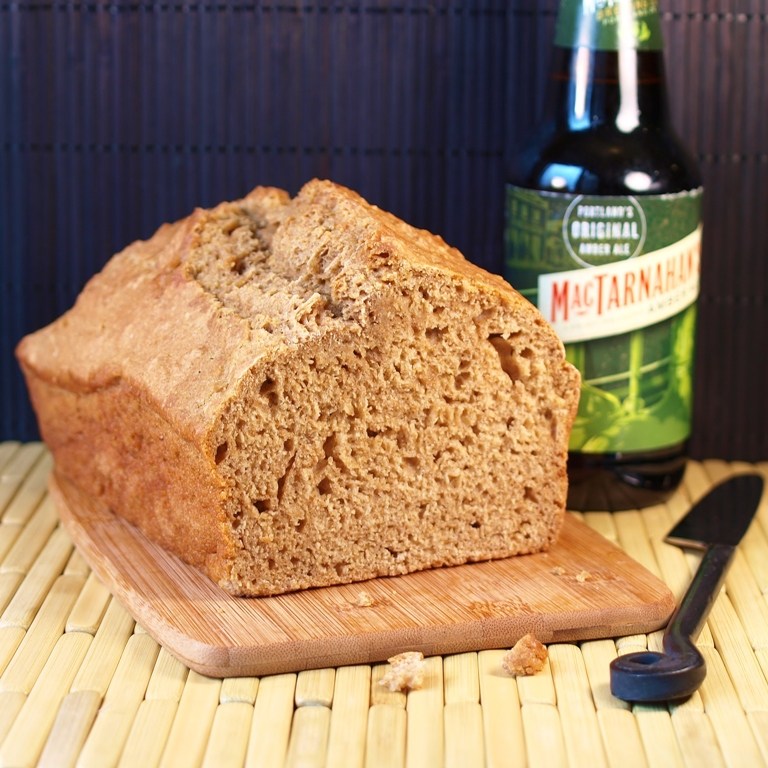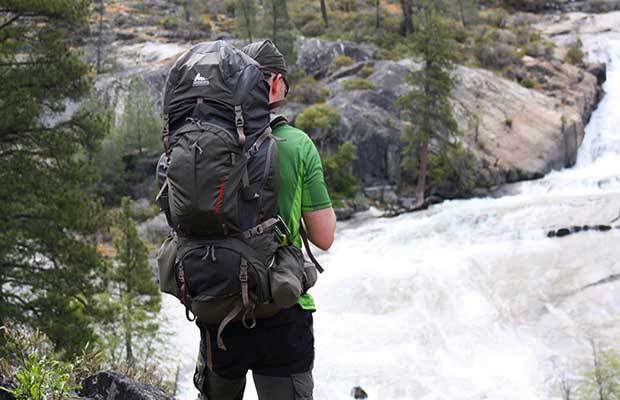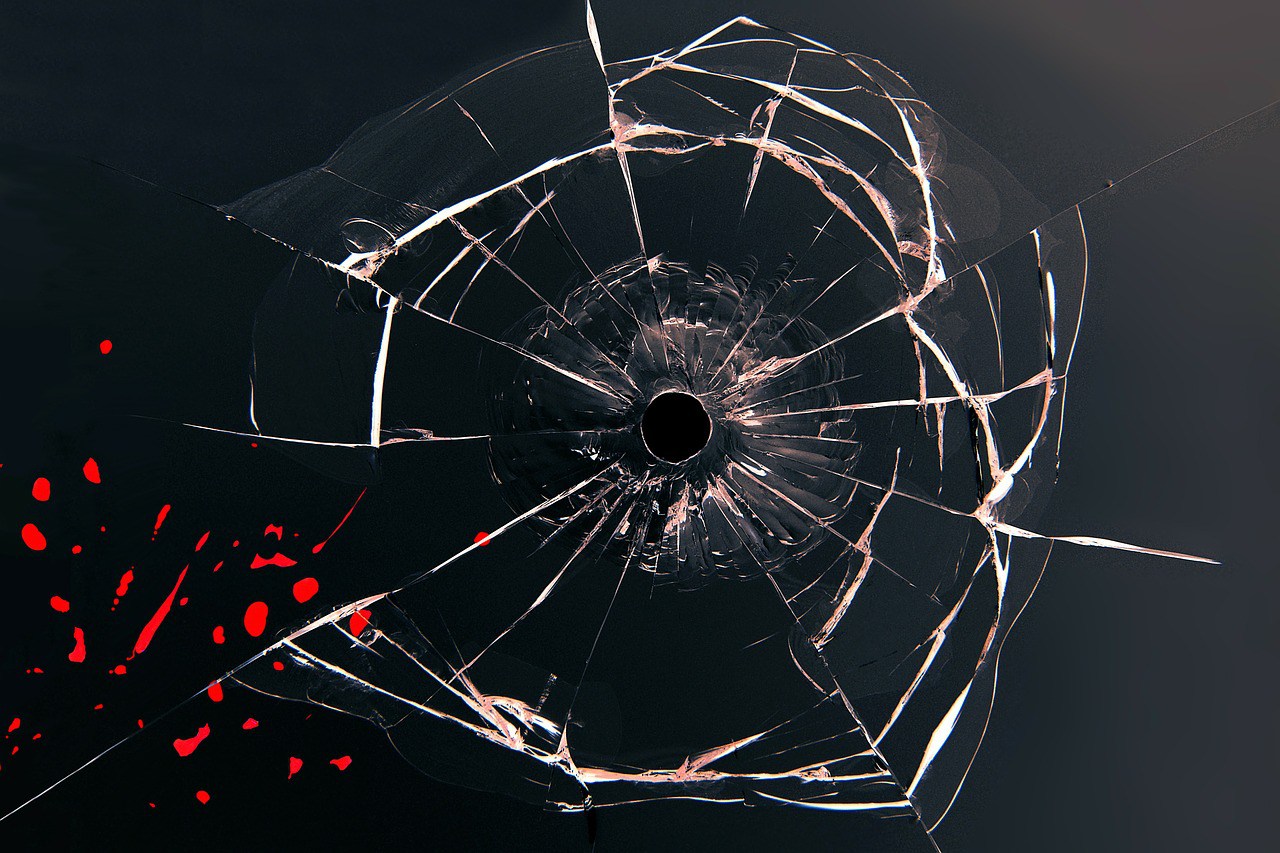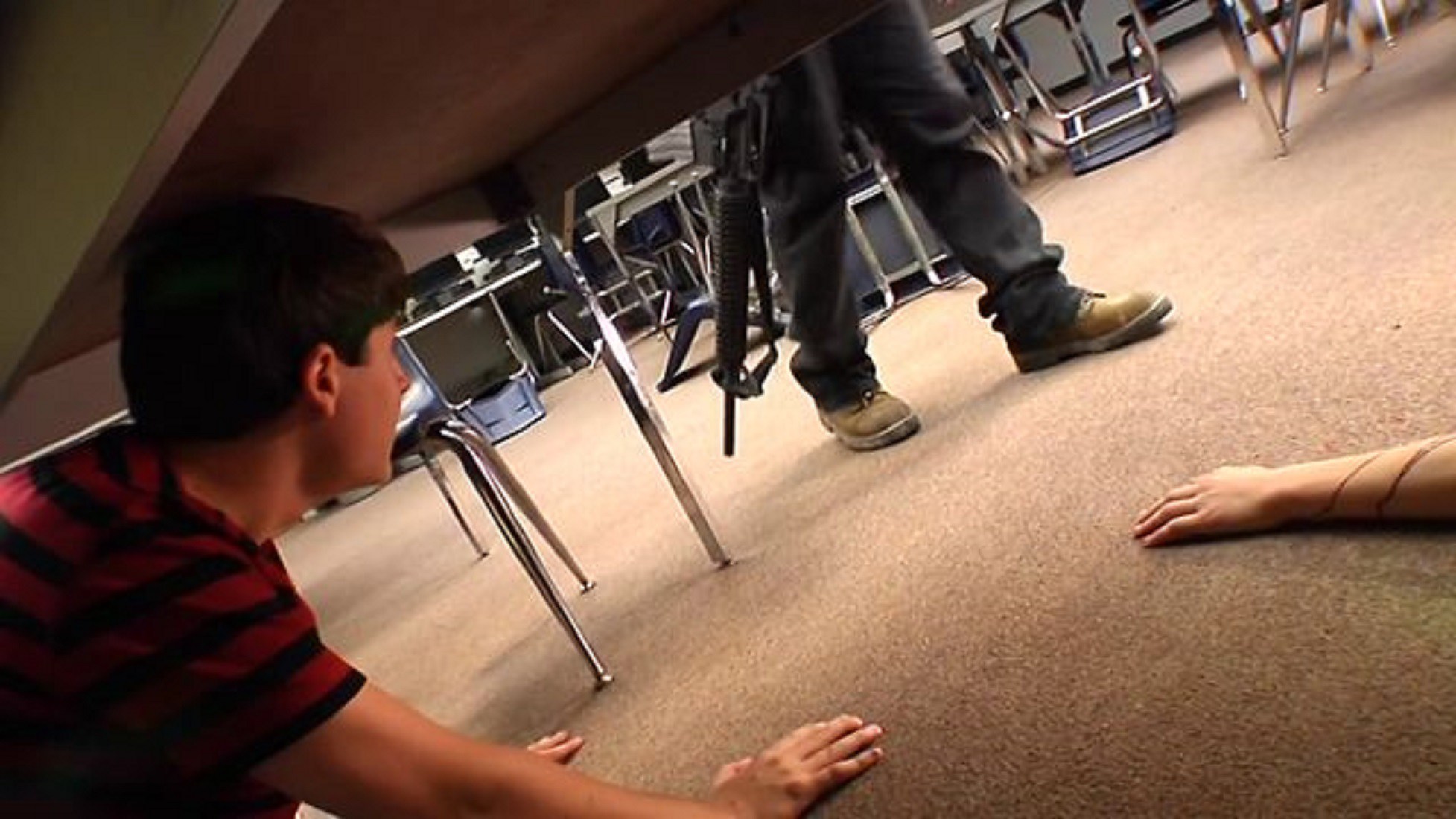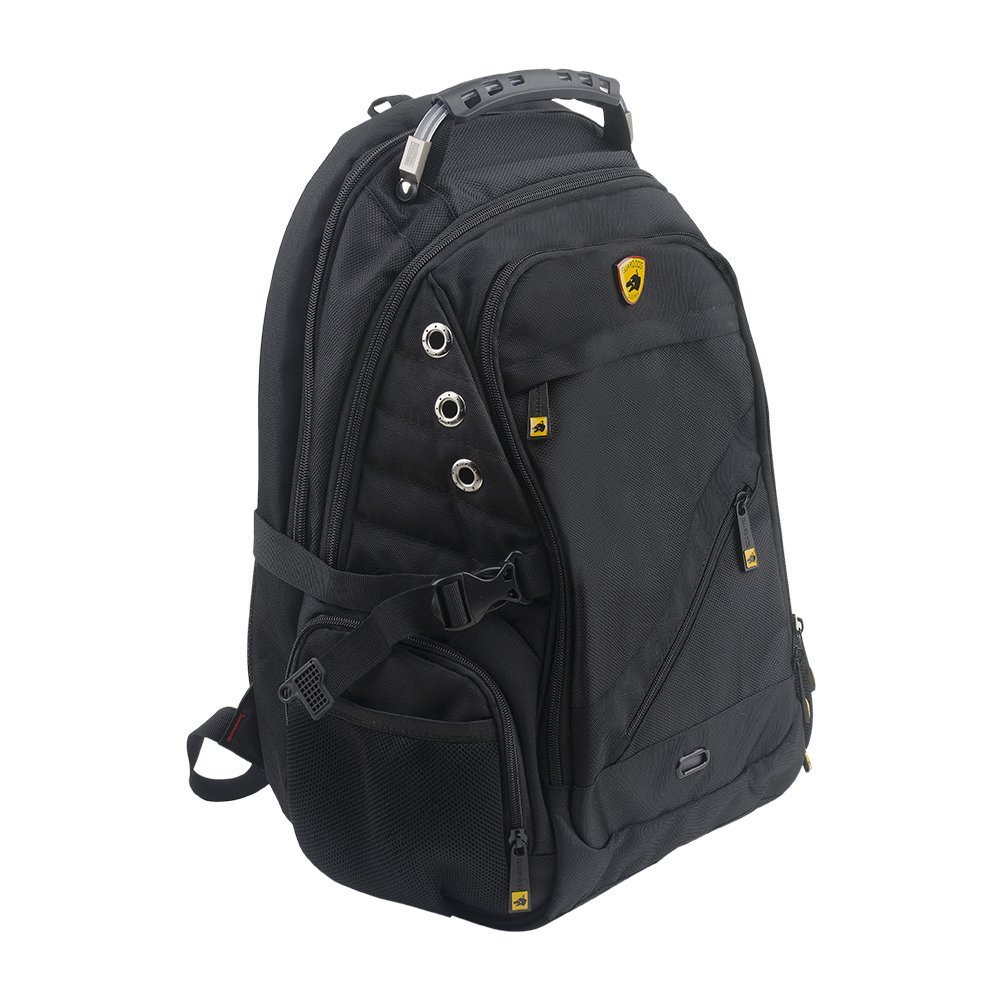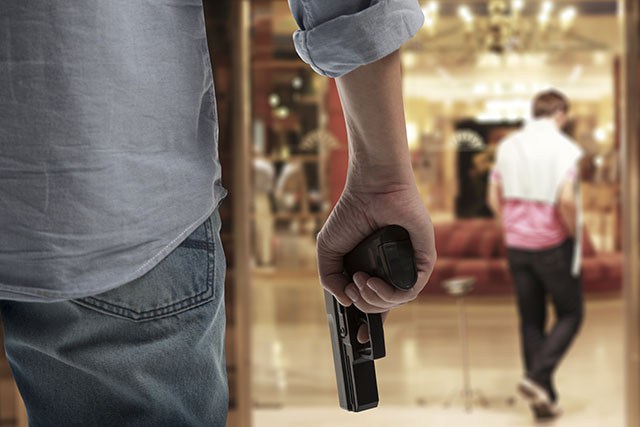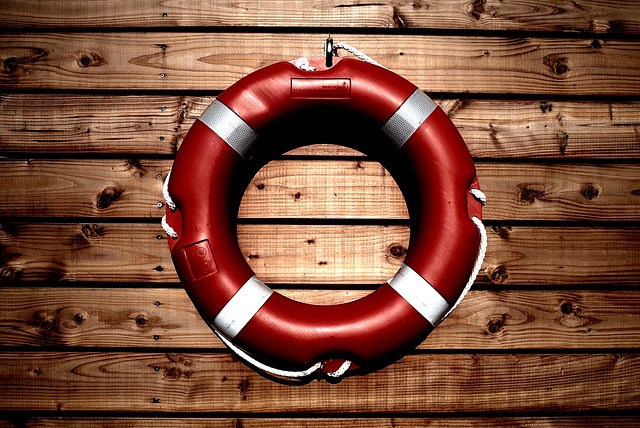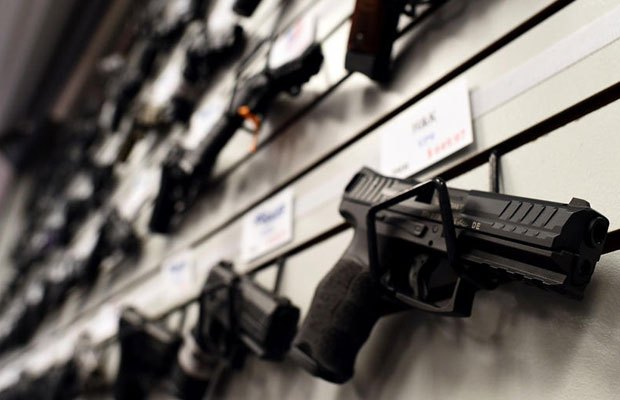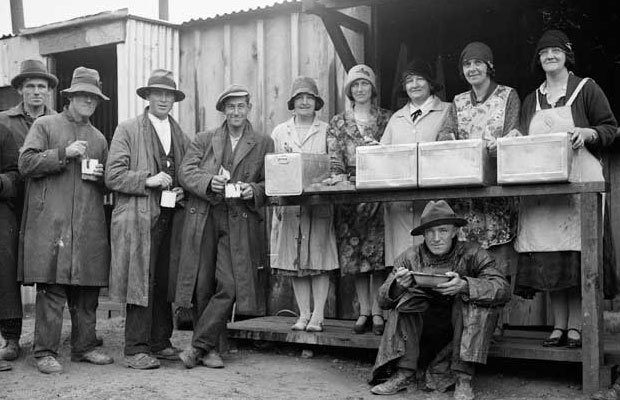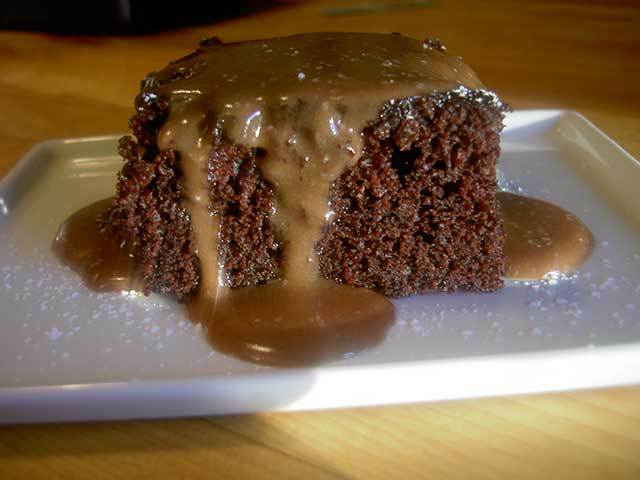In preparing for what may come, big and small, we tend to focus on two things first: food and defense. Some of us do plan out our resupply and restocking – which means growing – but maybe we’re stuck in a rut because of the things we read about seeds, and maybe aren’t really and truly understanding seed types and some of the terms we see. I’d like to dig into some of those terms so we know what we do and don’t want to buy, and why.
Seed Terms
We see a few plant terms pretty commonly in our day-to-day life, especially if we’re of a certain mindset. The biggies we see when we’re researching and buying seeds are: hybrid, heirloom, OP (Open Pollinated), GMO (Genetically Modified Organism), and organic. So let’s look at them a little closer, because they’re pretty significant and tend to be rife with crazy advertising and misconceptions.
Organic
This isn’t actually a seed term. It speaks to the culture of plants, the way we treat a plant, how we grow it. States have differing requirements for what it takes to be labeled organic, but the upshot is that it limits the amount of chemicals used. GMO seeds are not considered organic, even when the modification is something that is considered an organic compound, like some of the cold-resistance genes from fish, Bt that is a naturally-occurring microbe, or genes that allow resistance to Roundup (AKA, RR-Roundup Ready). However, seeds do not have to be grown organically to be either heirloom or OP crops. Likewise, hybrid seeds can be grown organically.
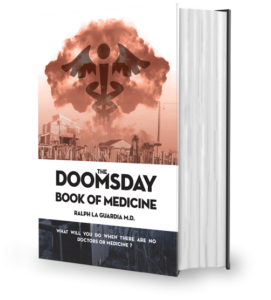
The most comprehensive look at preventative medicine out there. Click on it for details.
Genetically Modified Organisms
Contain genes from something that did not start off in a particular genetic line. Genes that are implanted could be from another class of plant or algae, from a frog, or from a fish. Sometimes the modification is removing a gene that would normally suppress or create a reaction. It’s a wide field.
GMO plants are mostly capable of successfully breeding, just to clear up that myth. Plants are more resilient in the face of uneven chromosome matching than animals. That uneven number of chromosomes in offspring (seeds) are what make fertile mule mares newsworthy, but the ability to cope with genetic inequality is actually responsible for some varieties and eventually speciation within plants, totally naturally. However, since most GMO plants are hybrids, it’s like rolling a 10-sided die in hopes of a 6, just like breeding two mutt dogs to each other. Because of that – and because of contracts – farmers don’t collect seed from their GMO crops.
Another pervading myth is that you have to work hard to avoid GMO plants. Yes, in U.S. supermarkets. Unless otherwise marked, almost everything in the center aisles, dairy section, and meat department has likely been fed or contains GMO corn or soy.

You want to survive tomorrow? Start today.
However, GMO variants don’t exist for every type of crop, and few are readily available. Wheat, corn, squash, canola, beets, alfalfa, soybeans, and oil cotton are the most common GMO seeds sold by Monsanto, with sweet potatoes and papaya available in Asia. Tomatoes, rice and potatoes have been approved but are not yet available commercially. GMO seeds are actually pretty expensive, too, especially in small scale. It’s unlikely – unless we’re buying big bulk farm-cropping seeds from a supply store – that we will even see GMO products available to us.
So why do we see so many “GMO-free” and “organic” banners on seed packets? Because we’re more inclined to buy them – or pay more for them.
It’s a case of the tail wagging the dog – when we’re interested in something, companies strive to meet that interest. Even good sellers and producers need to eat and thus develop marketing strategies, but it’s something we can be aware of to save our own hard-earned cash. If we’re buying OP or heritage seeds, paying extra for a “GMO-free” label is like paying more for “cow-free” labeling on soy milk. How the seed parents were raised (organic or inorganic) is really only of political or moral interest. We’ll inhale more toxins in a day than that single seed will convey to the adult plant and its fruit. Therefore paying more for “organic” labels is more personal preference.
That’s not to say a certain pack of seeds is not worth more than another. I may be motivated to support independent farm-to-sale seed production, small companies, organic growing methods, landrace projects, or heirlooms. I might be paying for packaging, uniqueness, or to support some organization in conjunction with the supplier or retailer. Just be aware of what you’re really paying for.

Everything from the soil up. Seeds included. Click the book for details.
Heirloom seeds
Also sold as heritage crops, have been around for a while, somewhat unchanged. I say “somewhat” because things change. Look up the evolution in AKC standards, especially for things like Airedales and German shepherds.
You can also look at vehicle tag standards. The 1991 F150 and the 1930 Model A are both older Ford pickups that qualify for the same classic or antique plate, but they’re very different vehicles with very different capabilities. Heirloom seeds are kind of like that. Some are fifty years old, some are centuries old. They may follow a basic form, but the 1850’s cultivar will likely demonstrate more changes from the original than the fifty-year-old seeds.
That’s okay. All our crops have changed significantly, usually for the milder and sweeter, sometimes getting bigger and sometimes yielding more fruit per plant. In other cases, plants have gotten smaller, like an heirloom wheat bred by human selection over about 300 years to produce seed at 2-3’ instead of taking half the season just to grow to 5-6’.
All heirloom is going to be open-pollinated, but not all OP seeds are heirloom, and that’s okay, too.
OP/Open-pollinated
This means that seeds will breed true, beagle + beagle = beagle, pepper to pepper.
Some plants (corn, wheat) use wind to pollinate them from another plant of the same species (two or more plants are necessary for pollination or for fertile seeds). Some plants (squash) need a thin paintbrush or a bug to get coated in pollen from a male flower and then coat the important parts of a female flower, but the flowers can be from a single plant. Peas could use wind or a bug, but will usually bear fruit just fine from the pollen and eggs within a single flower. Tomatoes could bear fruit from just one flower without any assistance, but will be more successful if the flower gets shaken by us or by insects, dropping more pollen onto the petioles.

So long as our spaghetti squash does not begat-begat with acorn squash and our bantam sweet corn does not make time with our strawberry popcorn, all will be well. That’s how OP and breeding true impacts us: We can collect our seeds, plant them again, and make future generations of the same squashes and corns into infinity.
It does not require a particularly long genetic line to produce those results. OP seeds have regularly been refined over years, but they may only be a few years old, relatively, especially fast-growing plants that can produce multiple generations in a year.
OP’s are commonly tailored the same way hybrids are, breeding more and more for cold and heat and drought tolerance, expanding the range that a plant can be successfully grown in, or making it resistant to the introduced and stagnant-soil diseases we fight. We also breed for more produce per plant, either same-size plants or larger plants. Sometimes OP’s go the opposite way and are bred to be smaller and more compact, so they fit in more places, or so they spend less time on foliage and can be harvested earlier and easier.
OP’s can be had both determinate (most production in a narrow window) to aid in efficient harvest and succession or rotation cropping, or indeterminate (production spread out across a longer range) so that we can stagger harvest and processing.
OP is how all heirlooms start. They’re no less reliable than an heirloom or heritage crop seed. They’re just younger, 1991 F150 instead of 1948 F150.
Hybrids
Are what result from promiscuous plants or deliberate cross-pollination. The problem is that they don’t necessarily breed true to a parent hybrid.
Look at Labradoodles (Labrador + Poodle). If I breed Labradors for fifty years, I might get some slight variations but I’m getting Labs. However, if I breed two Labradoodles, I start gambling. I may get some pups that throw back to Labs, some pups that throw back to poodles, and some pups that do present as Labradoodles. There may also be some pups that look like maybe there was a milkman involved, because neither parents nor grandparents have upright, pointy ears or spots.
Genetics are funny that way. “Hybrid vigor” is awesome, I love my mutt livestock and pets, but it’s also a gambling game. When we want to eat, we don’t like to gamble on what’s going to show up with more than a year invested in the seeds.
Hybrids have their purposes, especially since a lot of heirlooms and some OP’s are indeterminate. A lot of hybrids are also faster than their heirloom fore-bearers. Although there are heirlooms and newer OP’s that are resistant to diseases, hybrids can usually be found already tailored for our exact growing conditions. They shouldn’t represent the whole stock for somebody worried about losing their supply line, but there are arguments that can be made for including them in planting and storage.
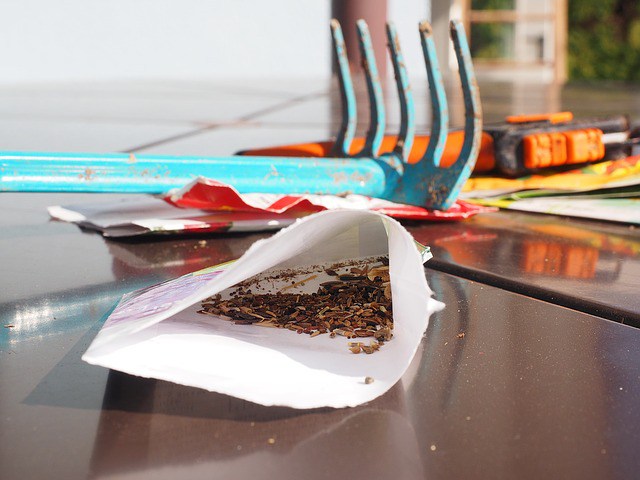
Bonus: Landrace
We sometimes see the term “landrace” in homesteading circles. That’s its own separate cookie, too. Landrace lines – plant or animal – represent the idea that regionally produced specimens are better than “generic” heirlooms and heritage crops.
They are being developed much the way our crops and livestock started and why we have so many breeds of chickens, pigs, goats and so many cultivars of plants: they stay in pockets. It’s not necessarily bottle-necking and inbreeding, although there is some – purposefully done and carefully controlled. It’s about a belief small, slow solutions, and in local products. It’s making a pig and a dent corn for Arizona that fits Arizona better than it does Alabama or Alaska. Some landrace programs are also working on livestock with native pasture and forage, to decrease the amount of reseeding and grain feeding we have to do.
We already apply some landrace principles when we give advice. I may suggest certain apple trees and chicken breeds for a pasture orchard, but I will also tell you to try to find a local nursery with a local or regional grower, and a local or regional breeder. The chances of you having success with something that’s intended for your area, that has come from healthy parents that are already thriving in your area, are much higher than if you order in a plant or livestock from two USDA growing zones away, even if it’s the same breed or cultivar.
Landrace initiatives are working to make those kinds of local-to-local sources more available, increasing local success.
Selecting Seeds
“One Size Fits All” is largely a myth. There are always exceptions. Needs and goals differ, so one specific seed type isn’t necessarily better or worse across the board.
Somebody might stock some 45-50 day hybrid squashes so that they can see returns if a tornado, rogue truck, fire, animal or torrential downpour takes out their garden 60 days before the average first frost. Somebody may want a hybrid cover that more effectively chokes out weeds for the first couple of years. Alternatively, some may be dedicated to saving towering heritage wheat, or may see good reason to cultivate tepary beans even though they don’t match their current climate.
That’s as it should be. We’re all different with different motivations, so we seek out our best fit.
Additionally, sometimes we can save a little money or increase our options by understanding how important a specific seed term is to us, and how important it is to us to have our heirloom or OP seeds also marked with the words “organic” or “GMO-free”.
The goal is to be aware of what those terms in seed descriptions really mean so that we can make the best purchasing decisions for our situations and expectations.
Other self-sufficiency and preparedness solutions recommended for you:
The Lost Ways (The vital self-sufficiency lessons our great grand-fathers left us)
Survival MD (Knowledge to survive any medical crisis situation)
Backyard Liberty (Liberal’s hidden agenda: more than just your guns…)
Alive After the Fall (Build yourself the only unlimited water source you’ll ever need)
The Lost ways II (4 Important Forgotten Skills used by our Ancestors that can help you in any crisis)
The Patriot Privacy Kit (Secure your privacy in just 10 simple steps)
In preparing for what may come, big and small, we tend to focus on two things first: food and defense. Some of us do plan out our resupply and restocking

